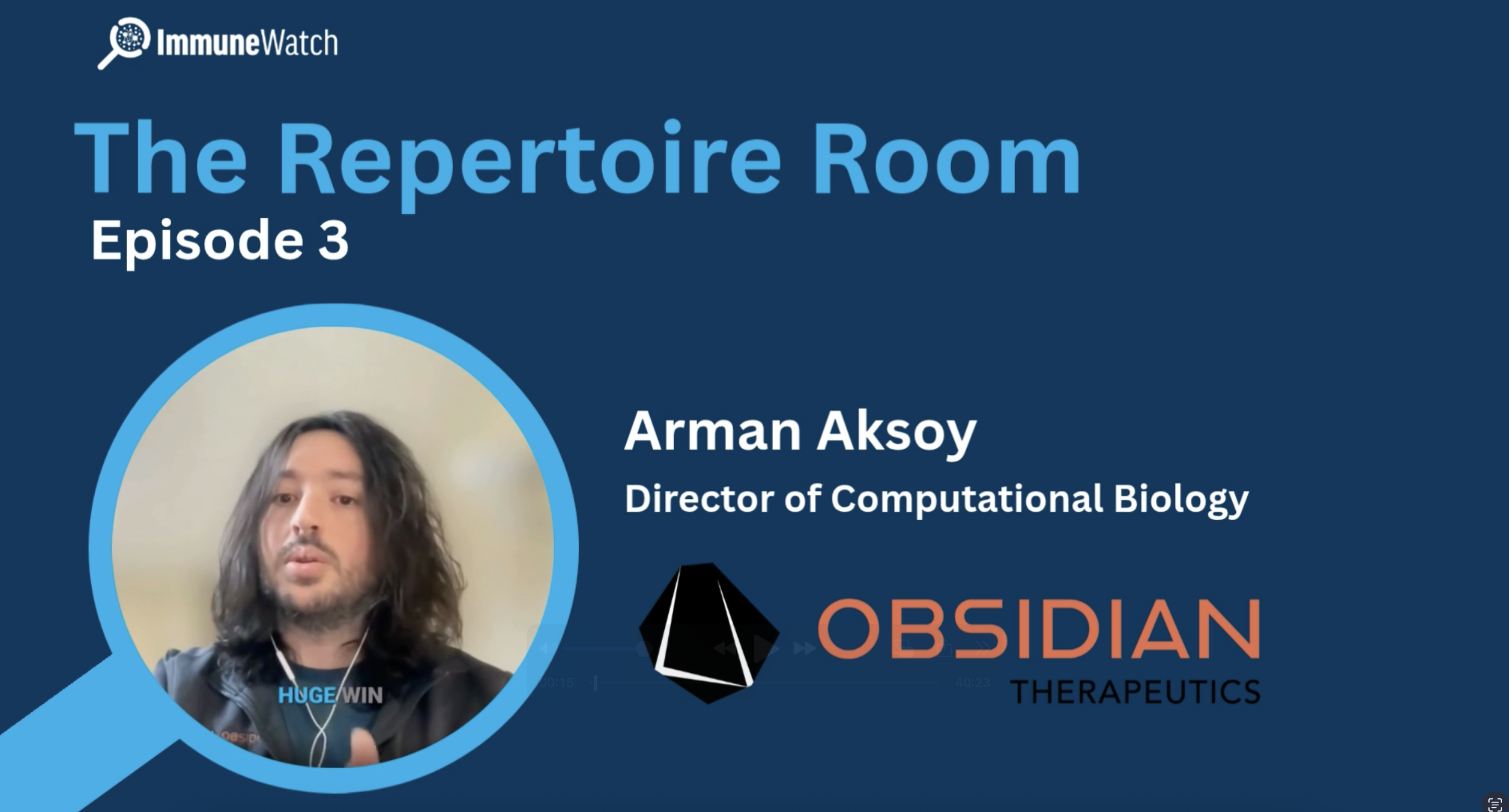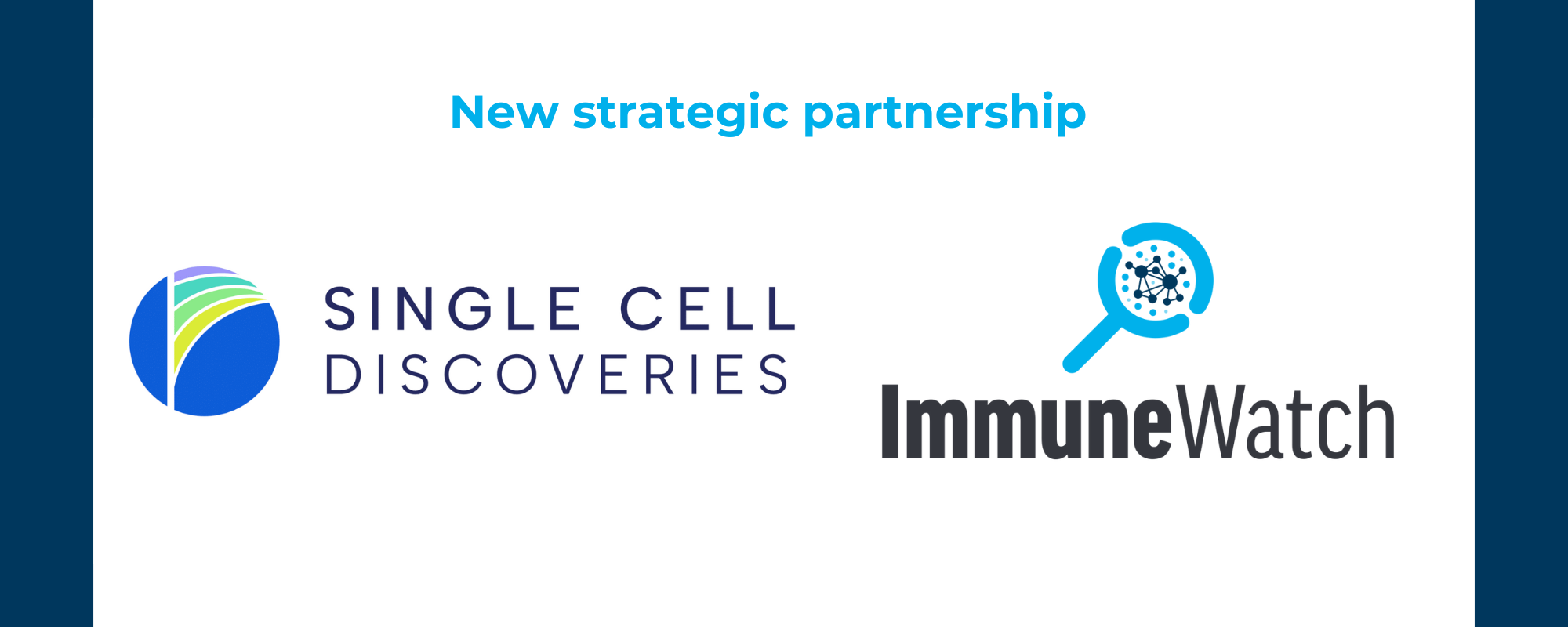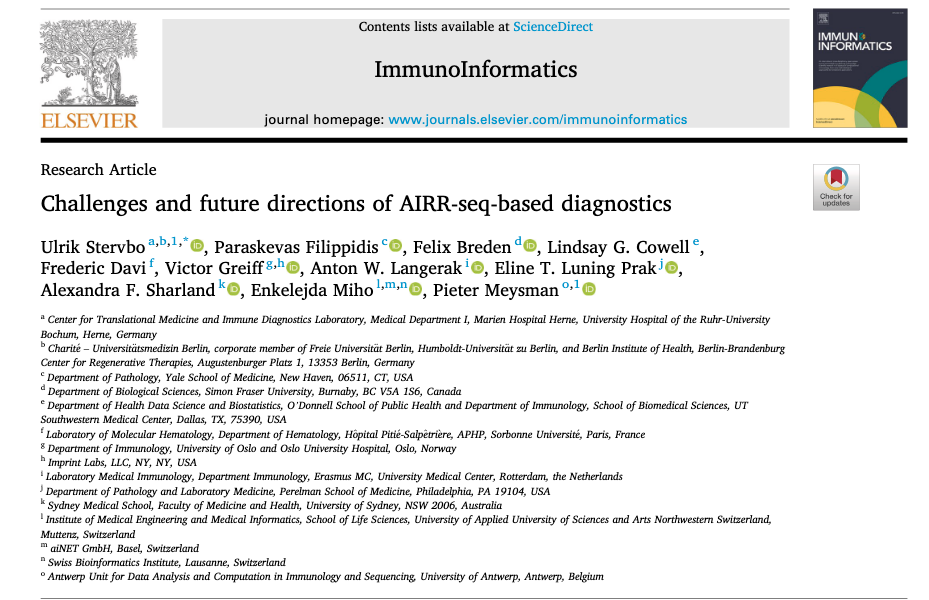Beyond the Sequence: How Obsidian Therapeutics Overcame 4 Hurdles in Implementing TCR Repertoire Sequencing
Author: Sander Wuyts
Introduction
T-cell repertoire sequencing is a rising technology for advancing modern cell therapy development, promising deep insights into a product's composition, persistence, and mechanism of action. At Obsidian Therapeutics, this technology is critical for understanding their lead TIL-therapy product, OBX-115.
But as I learned from my guest in the Repertoire Room podcast, Arman Aksoy, Director of Computational Biology at Obsidian, moving TCR-seq from an academic concept to a robust, scalable biotech process is filled with hurdles.
In our conversation, Arman detailed the practical challenges of implementing TCR repertoire sequencing in a fast-paced therapeutic environment and shared the "hybrid scientist" mindset needed to succeed. Here are the four biggest hurdles he faced and how Obsidian overcame them.
Hurdle 1: Skipping Upfront Feasibility Studies
One of the biggest risks in implementing TCR-seq is jumping in too fast. Arman emphasized that before any samples are sent, extensive feasibility studies are essential.
"It is a lot of work, but skipping all of these is a huge risk... that might end up actually your TCR sequencing results... being not that interpretable."
This upfront work involves:
- Testing different platforms.
- Comparing sequencing settings and depths.
- "Shopping around" for different vendors and computational tools.
Without this foundation, you risk generating data that can't be compared across studies, especially as you move from preclinical to clinical work.
Hurdle 2: Being Reactive, Not Proactive, with Sample Collection
The second major hurdle is treating TCR sequencing as a "nice-to-have" or an afterthought for troubleshooting.
Arman's advice is to be proactive and assume everything will go wrong. This means standardizing sample collection by making it a non-negotiable part of the experimental plan from day one.
Building this "critical mass" of internal TCR data is crucial. When new data comes in, you need a robust historical baseline to know if what you're seeing is a real biological difference or just noise.
Hurdle 3: Getting Lost in Complex Data Metrics
A TCR-seq dataset is incredibly complex. It's tempting to immediately calculate high-level summary metrics like clonality or diversity, but this can be a trap.
Arman explained that without a deep understanding of your specific system, it's "easy to get lost and misinterpret the changes in the metrics".
This is especially true for engineered cell therapies. For example, Obsidian's product is predominantly CD8+ T-cells, which means their diversity and clonality metrics operate on a completely different scale than what is reported in other studies. This is why building your own internal database is so critical. You can't simply apply metrics from a different therapeutic context and expect them to be meaningful.
Hurdle 4: The "Hassle" of TCR Specificity Annotation
The final, and perhaps greatest, hurdle is systematic annotation. As Arman puts it, "going from a TCR sequence to its putative target is not an easy task".
For a company like Obsidian, which cares about clonotypes reactive against melanoma antigens, this is the most important question.
Initially, his team tried what many do: looking up TCRs in public datasets like VDJDB or using in-house clustering and annotation-transfer scripts. Arman described this as a "hassle" and like "chasing the Red Queen", because public datasets are sparse, constantly growing, and new tools are released daily.
For a small, lean biotech team, maintaining an in-house solution to tackle this problem is not feasible. This is where Obsidian found "some relief" by switching to a dedicated solution, ImmuneWatch DETECT, which allows them to trust the results from a proven, award-winning algorithm without worrying about maintaining the backend.
The Secret Weapon: A "Hybrid Scientist" Mindset
How does Obsidian navigate all these challenges? Arman credits his "hybrid scientist" background, which combines both wet-lab and computational skills.
He stressed that understanding how the data is generated is a "super advantage". When you're familiar with the lab protocols, sample preparation, and the "things that the wet lab scientists are struggling with," you can better understand the sources of error and build more efficient analysis pipelines.
The Payoff: Was It Worth It for Obsidian?
After discussing all these hurdles, I had to ask the big question: "Was it worth it?"
Arman's answer was definitive. All the effort, coordination, and resources spent on building this massive TCR sequencing database "allowed us to understand our lead product which is the OBX-115 at a really great depth".
This deep understanding isn't just academic; it has a direct impact on:
- Immuno-monitoring
- Process Development
- Preclinical Modeling
- Troubleshooting & Improving the TIL product
The biggest win, however, comes from finding "anchors" in the data. Arman described how getting a single, high-confidence prediction for a TCR with ImmuneWatch DETECT - for example, one that is reactive to a known melanoma antigen—is a "huge win".
This "anchor" clonotype acts as a beacon. His team can then track its behavior and dynamics, which allows them to "generalize and go back to the data set and look for those patterns". In short, by understanding how one known tumor-reactive clonotype behaves, they can identify other unknown tumor-reactive clonotypes that behave in a similar way, unlocking insights that would otherwise be hidden.
Conclusion: Implementation is the Real Challenge
The key takeaway from my conversation with Arman is that while TCR sequencing is powerful, its value is only realized after you conquer the significant hurdles of implementation.
It requires proactive planning, deep "hybrid" expertise, and a robust strategy for the hardest part of all: TCR specificity annotation. These efforts, however, are what allow Obsidian to truly understand their lead product at a "really great depth" and make data-driven decisions to advance their therapy to the clinic.
Are you facing these same hurdles with your TCR repertoire analysis?
As Arman discussed, implementing TCR sequencing and annotation in-house is a significant challenge. At ImmuneWatch, we specialize in solving this problem. Our platform and services, including the ImmuneWatch DETECT algorithm, provide the robust, scalable, and trustworthy analysis you need to move your research forward.
Contact Us Today to learn how we can help you turn your TCR data into actionable insights.
Stay up to date
Subscribe to our newsletter to receive useful tips and information.






